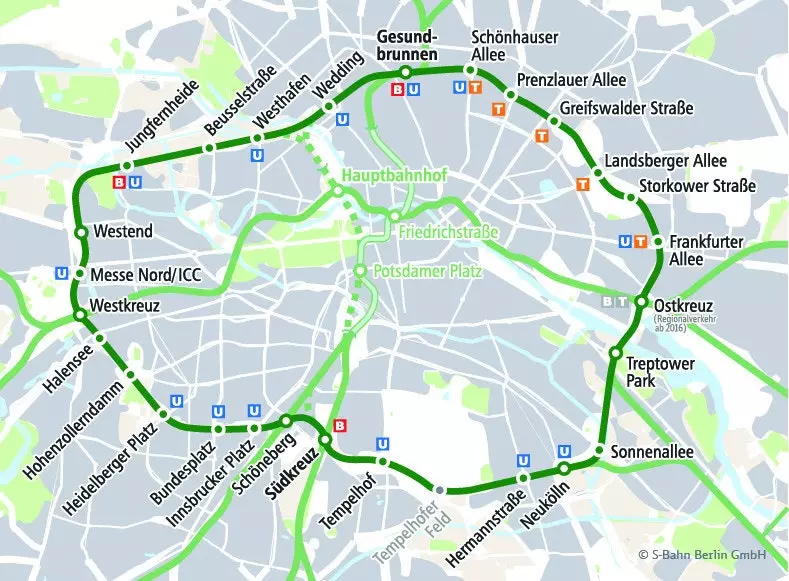The citizens of Berlin are clear: they want the city to be for pedestrians, children, the elderly and cyclists again. And they don't want to wait any longer.
This was announced by the Volksentscheid Berlin Autofrei project, started in April last year, with which 50,000 signatures were collected requesting a new vehicle-free area in the city. It will be next month when the Senate assesses whether or not the proposal will go ahead, although they are not going to give up. If it does not go ahead, they will collect 175,000 signatures with which they would then reach the polls in 2023.
“A livable city puts people first. We want a city that no longer focuses on the fastest and strongest, but on the slowest and weakest: cyclists, pedestrians, children and the elderly. A berlin with fewer cars invites you to walk and be outdoors . Parking lots become flower beds, children play in the street, people hang out in cafes, neighbors gather in the newly created neighborhood park… There are no traffic jams, the air is fresh and clear. A great exciting city that you do not have to flee to enjoy a moment of tranquility. Let's rethink life in Berlin! ”, they underline from the website of the Volksentscheid Berlin Autofrei project.
And they provide data, many to be more specific. For example, 70% of the citizens of Berlin would agree with an increase in train, bus, bicycle and pedestrian traffic in their city, according to the Environmental Awareness Study 2016 of the Federal Ministry for the Environment and the Federal Environment Agency. Berlin atmosphere.

The emission-free area of Berlin.
See images: These are the most 'bike-friendly' cities in the world
Currently in the city, some 3,400 people die each year due to noise and some 15,500 die due to the emissions generated by vehicle traffic, according to data from the Mobility Atlas Heinrich Böll Foundation.
The most curious of all is that the city currently allocates most of its space to vehicle transport (58%) despite the fact that only a third of trips are made by car. While 15% of trips are made by bicycle , despite the fact that this transport only has 3% of the public space. This was stated in a report by the Smart Cities Agency, Area Justice Report Berlin 2014.
from the project Volksentscheid Berlin Autofrei They assure that this change is favorable to avoid accidents but, above all, to improve air quality in the city and favor the environment.
A CIRCULAR EMISSION-FREE AREA
The objective, therefore, would be to ban the use of private cars in the center of Berlin , specifically within the Ringbahn area, with the exception of emergency vehicles, garbage trucks, taxis, delivery vehicles and residents with limited mobility, who would be granted special access permits.
The frame presents the transformation of all the streets within the S-Bahn-Ring , except federal highways. This circular area would be the largest in the world, to give us an idea of its size, it would be larger than Manhattan.
